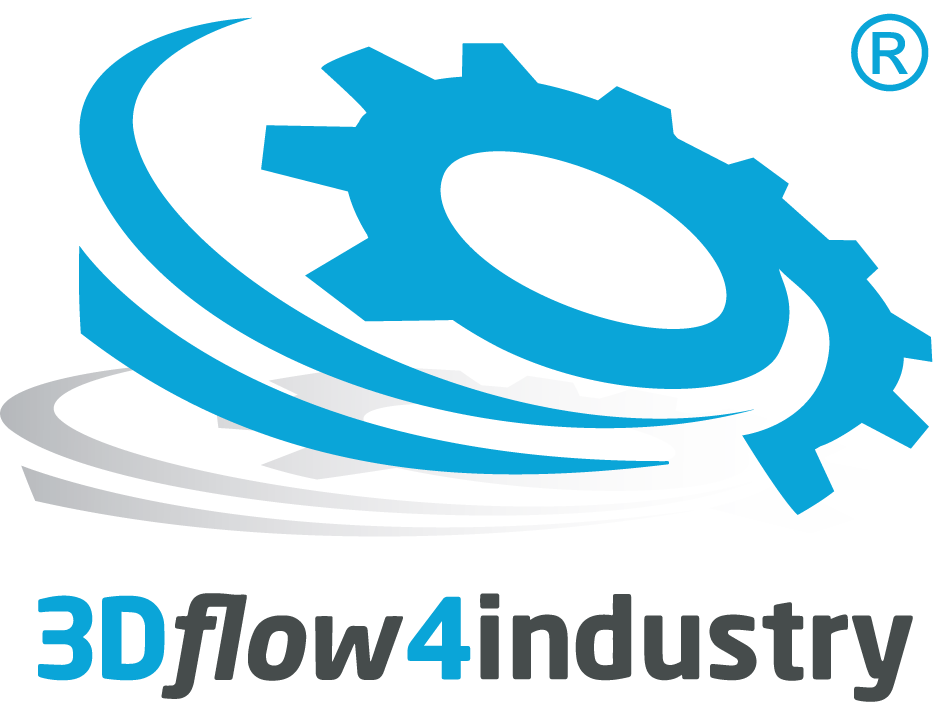Welcome to 3Dflow4industry® , Your Partner for 3D-Printing in the Industrial Flow Measurement.
FAQs

It is best that you explain the function of the current solution. When it comes to 3D-printing, it is important to concentrate on the most important thing at the very beginning of the question, namely the function.
Based on this information, first solutions can then be developed. In most cases, it is very helpful if the installation situation is known.
Thus, a 3D-printed holistic solution can be developed that goes far beyond the previous function in their function and practicality.
We are happy to take look at the system at your location.
Other key data such as pressure resistance, temperature resistance, media resistance are just as important as connection options. All information gives us an overall picture, so that we can start with our work.
Of course, it is always good if you provide us with an idea in the form of a CAD file. However, additive manufacturing often helps to get away from conventional thinking. Often, it does not help us to see exactly what the current solution looks like, but rather to think about how the desired function can be developed with complete freedom of geometry in 3D-printing.
See also: Advantages 3D-Printing
Almost all ideas can be realized with 3D-printing. However, this must first be implemented in the solution creation process. "Thinking out of the box" is our premise - we create intelligent solutions for you. Become aware with our help of the high degree of freedom through the possibilites of additive manufacturing. We can realize almost every shape and geometry for you.
In contrast to conventional methods such as cutting, drilling, milling, etc., 3D-printing is a "material-building process". In the other production methods, the components are cut out using tools from a full block, so that material is removed. In additive manufacturing processes, product construction is implemented without tools. Thus, only the material, which is really needed for the component including support structures, is utilized.
Additionally, if component stability permits, hollow structures with supporting braces can be installed, similar to honeycombs that keep the component stable. With this, lightweight components can be achieved.
Furthermore, several individual components can be combined into one single component, with the consequence that fewer components must be assembled. This component number reduction saves production time. Furthermore, if two other components are merged, it must be ensured that they are still tight. When printing the complete unit eliminates additional components that could make the component leaking. So there is a higher protection.
Traditional prototype production is mostly unnecessary, as the first component geometries are created digitally on the computer. Finetuning can thus be done on a digital level without real parts being made in advance, and in the worst case being thrown away. This sustainable process saves resources and is the most effective way to design new components. The finished digital file can then fastly be sent around the world and printed on-site. Long transport routes can be prevented, which also protects the environment.
Yes, we are happy to help you find a solution for completely different areas. Just contact us, no matter what idea you have!
